 We have to talk about blurbs again, don’t we? In writers’ groups on social media, I am still seeing such awful blurbs being posted, inviting feedback, and I have to wonder why authors don’t realise how badly they are showcasing their books. There are so many blogs and books about blurb writing, they all say similar things (including this one) and they are all quite clearly not being read by authors. If they were the blurbs wouldn’t be nearly so bad. I’ll be recommending one of these books later. I suspect that it is because authors view writing a blurb from the author’s end of the telescope. They have lavished weeks, months or even years of effort on their story and they want to tell the reader as much as possible about it in their blurb. But instead of making the book sound exciting, they try to tell the story in 300 – 500 words and that just does not work. When you view the same thing from the readers’ end of the telescope, the blurb looks very different. In the blurb all the reader wants to know is “Will I like this book?”.  Creating a blurb is not a writing exercise, it is an exercise in psychology. Everything about a blurb has to say “this is the best book you will read this year” while actually saying something completely different. Every word has to have meaning for the reader in a way that they don’t even recognise. Which is why trad published authors don’t do their own blurb writing. Trad publishers hire specialists to write blurbs. People who know how the psychology of blurbs works. So, as well as writing, editing, proofreading, cover design and marketing, self-published authors have to add a new skill set to their arsenal, and it’s called copywriting. It is a major skill used in advertising of all types and a blurb is just another form of advertising. The buying of a book is a lengthy process. It may only take a few minutes, but in psychological terms it is a lifetime of decision making.  We call these decisions the “sales funnel”. It’s the basic process that takes place between the reader first seeing your book ("awareness" in the graphic) and the point at which they click (or tap) on the “buy now” button. The thing is that in terms of the “sales funnel” the blurb is only about halfway along the path. (The "interest" section of the graphic). But if the reader isn’t attracted by the blurb, they won’t take the next step along the path (desire), so the sale is lost. Think of a blurb like a bridge across a river. On one side you have the book’s cover, title, subtitle and price, and on the other side you have the free sample (which stimulates desire), next to which is the “Buy Now” button. The Bridge of Blurbs allows the reader to cross from one side of the river to the other. I’ll return to the latter stages of the sales funnel at the end of this blog, just to remind you of what they are. But first I want to talk about the barrier of the “read more” button.  When you look at a blurb on Amazon you are only shown a few lines of text. The more “white space” the author has included, the less text there is to read. Then comes the “read more” button which will reveal the rest of the blurb. Now, ask yourself this question. If you haven’t got the reader’s attention after those few lines of text, will they click on that “read more” button? I think you already know the answer, but just to make it clear – No, they won’t. They will go and look at a different book. Getting the reader to click on the “read more” button is the first challenge to be met by the blurb. It is a barrier to sales that can be as big as the Great Wall of China.  Let’s start with the “tag line” because that is usually the first bit of the blurb the reader sees. So, what makes a good tag line? It is one that forces the reader to ask questions. If they start to ask questions, they will want to know the answers and that means reading the rest of the blurb. I came across this example of a great tagline. It’s from self-published bestselling author Mark Dawson. “MI5 created him. Now they want to destroy him.”* The first thing to notice is that there is clear signal as to the genre of the book. “MI5” can only mean spies and secret agents. If the reader likes those sorts of books, they are likely to read on. But those two sentences also invite the reader to ask questions. 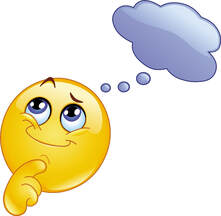 With your “reader” hat on, start asking some questions about those 2 sentences. I got “Who is the ‘him’ that is referred to? Why did MI5 create him? What did they create? An assassin? A Spy? Why do they want to destroy him? What did he do wrong? Will they succeed? And, the 2 sentences together add up to one thing – betrayal. So, the reader is almost bound to feel some sympathy for the character and sympathy is a powerful emotion to invoke. Importantly, they will start to read the rest of the blurb in an effort to find some of the answers to their questions.  That isn’t the only type of tag line you can use. Some authors use a quote from their reviews, and they can work well. Research has shown that click rates for review quotes are quite high. Quotes work because readers identify with other readers. It’s a bit like being part of a club. But reading the tag line is like seeing an attractive person across a crowded room. They look nice, but are they interesting? So, you go across the room to talk to them to find out. After initial introductions, they start to talk.  “I was born in London, but my family moved to Nottingham when I was 5. I went to primary school at … then secondary school at … before starting at university where I studied …. After that I went to work at … My brother went to … and he lived with my Auntie Vi. She’s a …” Are you bored yet? Are you looking over their shoulder to see if there is anyone more interesting you can go and talk to? So, imagine your reader’s boredom when you start to tell them all about your character’s backstory, or the world you built for them, or their extensive family tree and all the other things authors stuff into their blurbs. Yet the author still expects the reader to click on the “read more” button despite the fact that they have already sent the reader to sleep.  The second para has to tell the reader what the story is about. Not the whole thing of course. You introduce the protagonist, drop in tropes that indicate the genre and the type of story within the genre. But above all you introduce the conflict because the conflict starts to raise emotions in the reader. They start to like the protagonist, they start to sympathise with them. In short, they start to engage with them. To do that you have to use words that trigger emotional responses. “Vulnerable” is one such trigger word, often used in romance. “Courageous” is one seen in action adventure, sci-fi, fantasy and more. Below is a list of words that trigger an emotional response. There are many more, of course, but these are seen frequently in blurbs. The reason they are seen so frequently is because they work. You only need to use a couple to get the reader responding at an emotional level. Sympathy is a particularly powerful emotion. If the reader sympathises with the character’s plight, they are going to want to know what happens to the character. Which means that the character can’t be a victim. People don’t actually sympathise with victims that much because victimhood is passive. What they do sympathise with is a victim that is fighting back, because that is active. 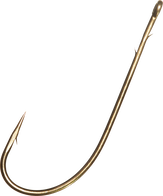 If you can start to raise those emotions the reader will click on that “read more” button and you are a long way through the funnel to getting them to buy the book (but still not the whole way). So, the author has to hit the reader between they eyes with the sorts of words that are going to excite their imagination. These are called hooks, because they hook the reader into reading more. A hook at the end of a paragraph encourages the reader to move on to the next paragraph, so you can’t have too many of them. Hooks are often multi-layered. The top layer invites questions, the next layer invites an emotional response, the third layer will raise the level of the drama. But the most important part of the hook is the bit that will appear above the “read more” button. If it is hidden from view it might as well not be there because it may not be seen at all. 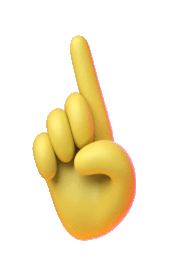 Most blogs you will read on blurb writing agree that the “sweet spot” for the length of a blurb is between 250 and 350 words, around 100 (40% or less) of which will be above the “read more” button.. Anything more than that and you will lose the reader, and they’ll move onto the next book in the search results. YOU CANNOT ALLOW THAT TO HAPPEN Many authors put a call to action (CTA) at the end of the blurb. This is not a good idea because the reader is not yet ready to buy. They will see the CTA as being “pushy”.  If that was the right place to put the CTA, Amazon would put one in - and they don’t. Amazon puts the CTA at the end of the free sample, because that is when the final decision to buy will be made (I’ll return to that in a moment). But that doesn’t mean there is no CTA in the blurb at all. Any good blurb will have a CTA, it’s just that it is disguised. The form of disguise is the “cliffhanger”. This can be a statement eg “Her survival is at stake …” or it can be a question eg “Will she survive …” Note the use of an ellipsis rather than a question mark. It leaves things open ended and that is good for keeping the reader engaged. 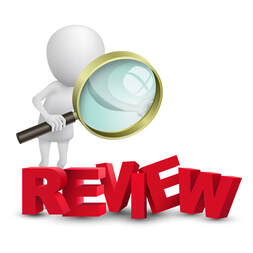 If the blurb has done its job, the reader will now go to one of two places on the sales page as they take the next step along the sales funnel. They may scroll down to the reviews because, as I said, readers like to know what other readers thought of the book. Notice I didn’t mention the product information, which they will have to scroll past to get to the reviews. That’s where the sales rankings are displayed. Interestingly , readers don’t seem to bother with them too much. Sales ranks seem to bother authors far more. I’m sure readers do look at the product descriptions, but they don’t seem to influence sales. If the book is so new it hasn’t had any reviews, it doesn’t mean the sale has been lost. Readers aren’t stupid. They know that a brand new book won’t have reviews. So, they will take the final step along the sales funnel to the “free sample” (previously called the “look inside” segment). 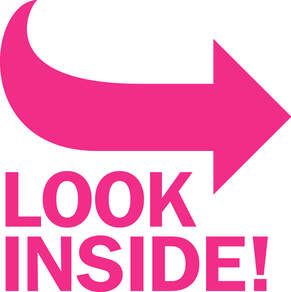 Your book has excited interest and kept the reader on the page, but the free sample stimulates the desire for the book. If the free sample doesn’t keep the reader interested until they reach the “buy now” button, there is no desire and the sale won’t be made. This isn’t universal, of course. A percentage of readers will buy without even reading the blurb, because the book has been recommended to them by someone whose opinion they trust, or they are familiar with the author and like their books. It may even be the long awaited next book in a series. A percentage of readers will buy on the strength of the blurb alone. A percentage will buy because they trust the reviews. But by far the largest percentage of sales come from the free sample. So, why so many words dedicated to how to write a blurb?  Because the blurb is part of the sales funnel and if the reader isn’t captured by it, they won’t get to the reviews or the free sample. They can’t get to the other side of the river without crossing the Bridge of Blurbs. At the top of the blog I mentioned a book on blurb writing that I would recommend. It gets deep into the psychology of blurb writing but it isn’t heavy. It is Robert J Ryan’s book “Book Blurbs Unleased.” If you only ever read one book on blurb writing, make sure it is this one. It’s free to download on Kindle Unlimited. * The use of bold text for the tag line was deliberate. Tag lines should always stand out from the rest of the words. If you have enjoyed this blog, or found it informative, then make sure you don’t miss future editions. Just click on the button below to sign up for our newsletter. We’ll even send you a free ebook for doing so.
0 Comments
Leave a Reply. |
AuthorThis blog is compiled and curated by the Selfishgenie publishing team. Archives
June 2025
|
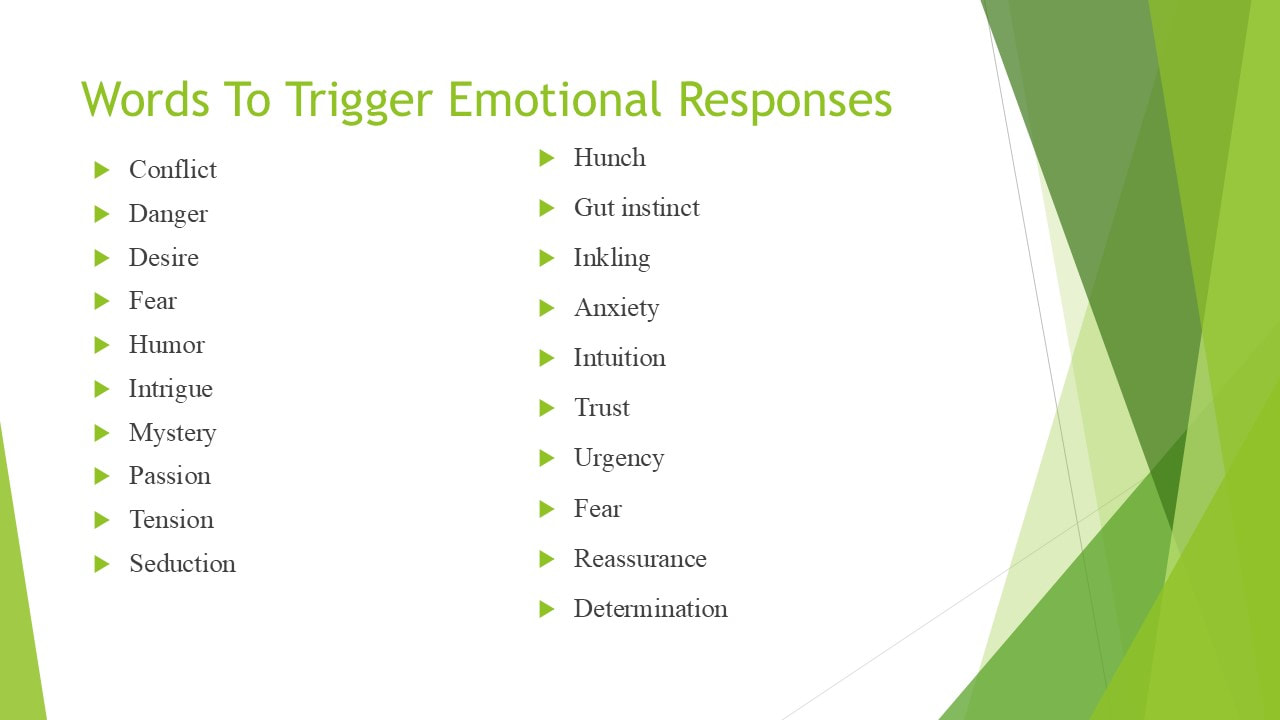
 RSS Feed
RSS Feed